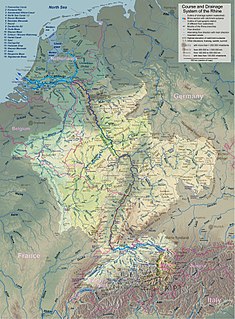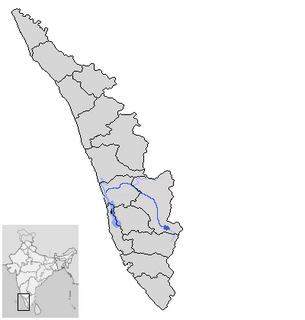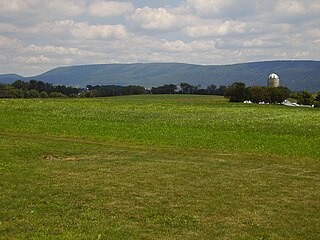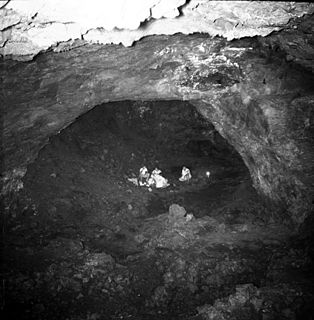| Vaisigano River | |
|---|---|
| Location | |
| Country | Samoa |
| Physical characteristics | |
| Source | |
| - location | Slopes of Mount Le Pu'e |
| - coordinates | 13°55′47″S171°45′05″W / 13.92972°S 171.75139°W |
| - elevation | 860 metres (2,820 ft) [1] |
| Mouth | |
- coordinates | 13°49′53″S171°45′37″W / 13.83139°S 171.76028°W Coordinates: 13°49′53″S171°45′37″W / 13.83139°S 171.76028°W |
- elevation | 0.0 metres (0 ft) |
| Length | 11.5 kilometres (7.1 mi) |
The Vaisigano River is a river on Upolu, one of the two main islands of Samoa. It is one of several rivers and streams which flow through the nation's capital, Apia. The river has three main branches, all of which have their sources in the central volcanic ridge which runs the length of the island. The main (central) branch of the river rises on the northern slopes of Mount Le Pu'e, and joins with the eastern branch 4 km south of central Apia. The western branch joins one kilometre further north.

Upolu is an island in Samoa, formed by a massive basaltic shield volcano which rises from the seafloor of the western Pacific Ocean. The island is 75 kilometres long and 1,125 square kilometres in area, making it the second largest of the Samoan Islands geographically. With approximately 145,000 people, it is by far the most populated of the Samoan Islands. Upolu is situated to the southeast of Savai'i, the "big island". Apia, the capital, is in the middle of the north coast, with Faleolo International Airport at the western end of the island. The island has not had any historically recorded eruptions, although three lava flows date back only a few hundred to a few thousand years.

Samoa, officially the Independent State ofSamoa and, until 4 July 1997, known as Western Samoa, is a country consisting of two main islands, Savai'i and Upolu, and four smaller islands. The capital city is Apia. The Lapita people discovered and settled the Samoan Islands around 3,500 years ago. They developed a unique Samoan language and Samoan cultural identity.

Apia is the capital and the largest city of Samoa. From 1900 to 1919, it was the capital of German Samoa. The city is located on the central north coast of Upolu, Samoa's second largest island. Apia is the only city in Samoa and falls within the political district (itūmālō) of Tuamasaga.
The main cross-island road, which runs from Apia to Si'umu, runs along a ridge overlooking the western branch's valley for part of its length; the settlements of Leaoa, Tiapapata, Letava, and Vaoala, which lie along the highway, are all therefore close to the river's course, as is Avele College, one of Samoa's main educational institutes. The waters of the river are used by the Alaoa Water Treatment Plant and power station, which supplies both water and electricity to Apia.












